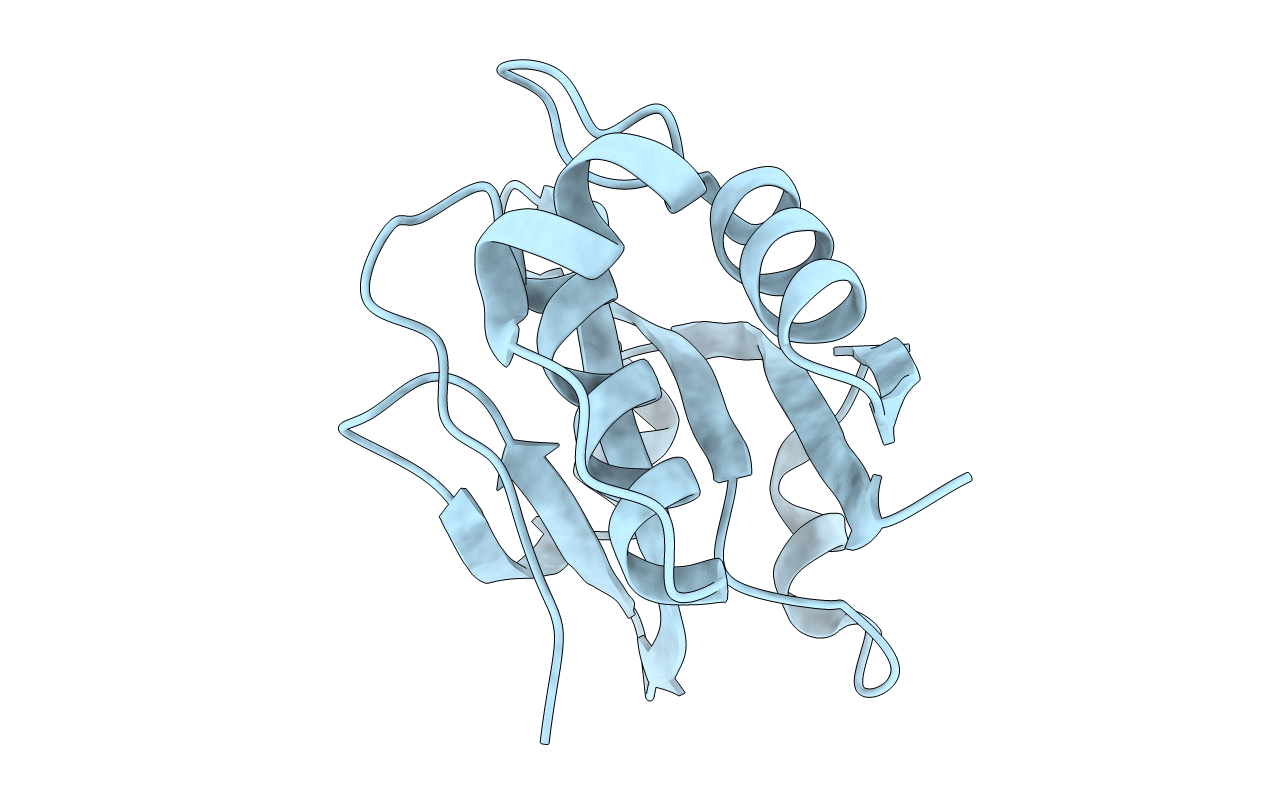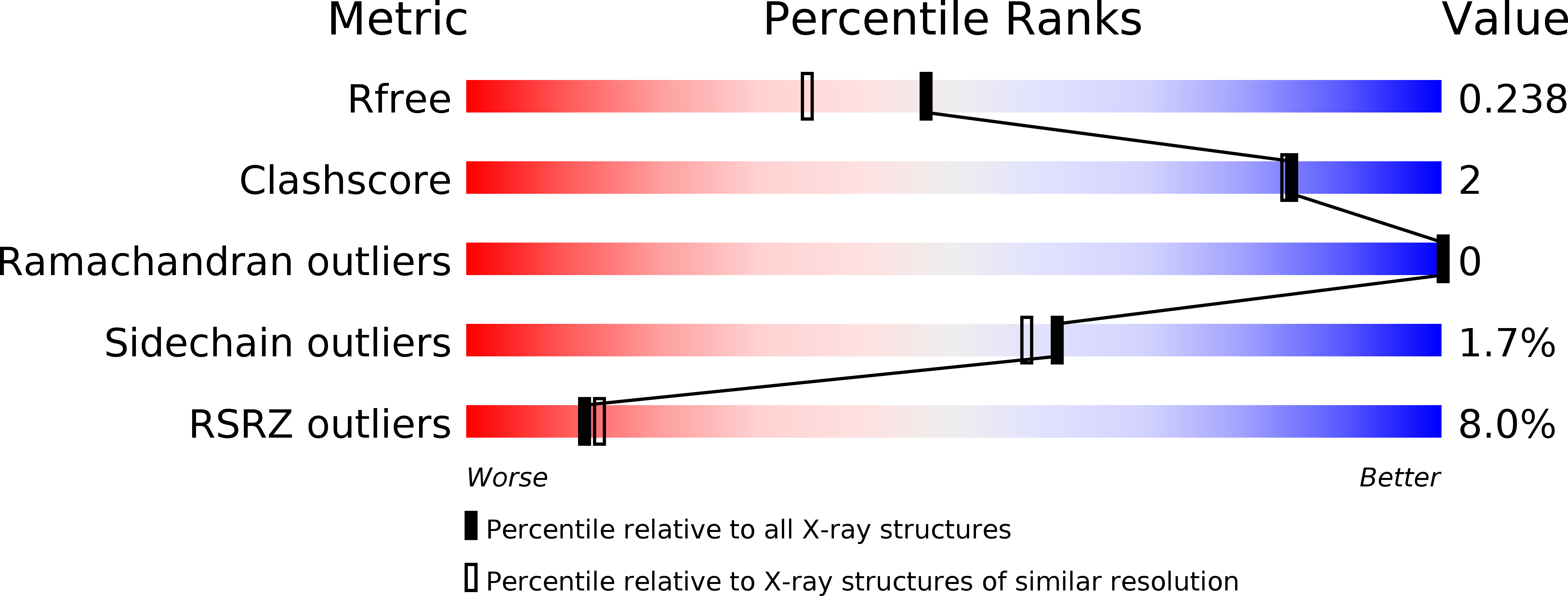
Deposition Date
2009-10-14
Release Date
2010-02-23
Last Version Date
2024-03-20
Entry Detail
PDB ID:
3K8U
Keywords:
Title:
Crystal Structure of the Peptidase Domain of Streptococcus ComA, a Bi-functional ABC Transporter Involved in Quorum Sensing Pathway
Biological Source:
Source Organism:
Streptococcus mutans (Taxon ID: 1309)
Host Organism:
Method Details:
Experimental Method:
Resolution:
1.90 Å
R-Value Free:
0.23
R-Value Work:
0.21
R-Value Observed:
0.21
Space Group:
P 43 21 2


